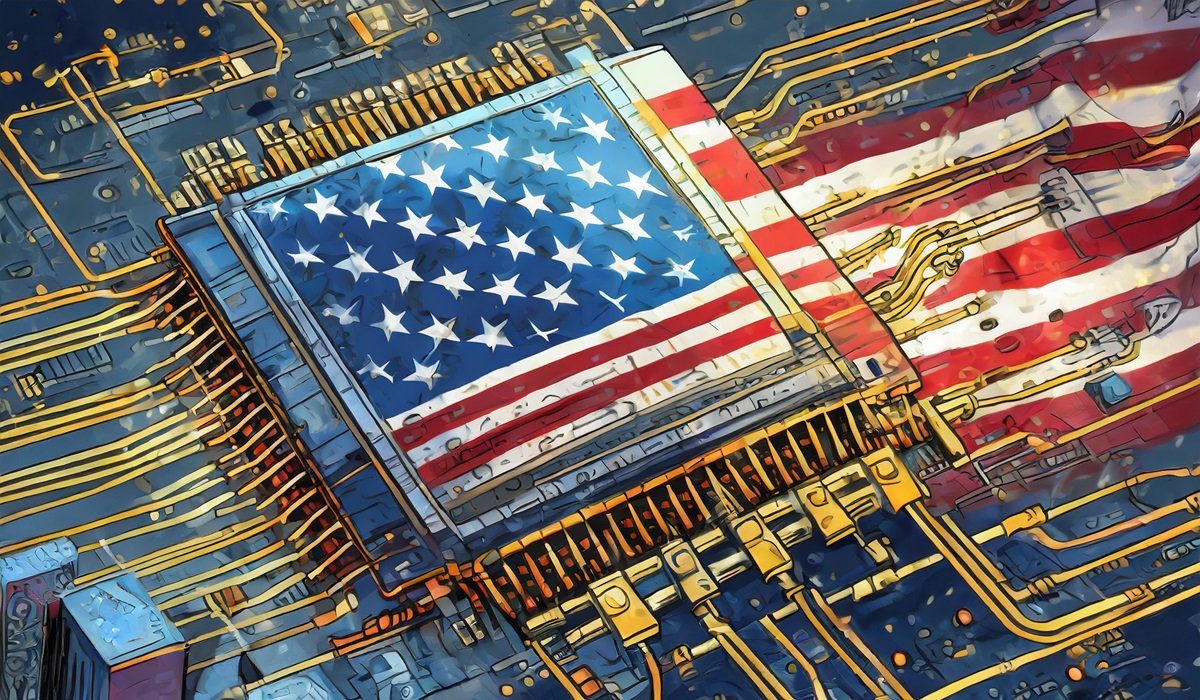After Chairman Mark Liu’s retirement, Taiwan Semiconductor Manufacturing Company (TSMC) once the dominant chip manufacturing force, faces a critical juncture. It has been widely suggested Liu’s departure may have been a forced exit, a response to the perceived inability to resist the growing influence of the United States in the company’s operations.
Compelled by the Biden administration’s Chips Act, TSMC set out to establish a manufacturing facility in Arizona, with billions pledged to kickstart chip production on American soil. However, the process continues to encounter significant setbacks and delays, prompting the recruitment of workers from Taiwan to expedite operations. This move stirred controversy, focusing on work ethics in the American labor force and skill shortages, leading to further delays and uncertainty about the plant’s completion date.
Even if the Arizona plant becomes operational, it’s crucial to note that access to the most advanced chipsets will not be granted. The manufacturing will exclude those essential for high-capacity outputs. This limitation places the company on a precarious edge as it faces global competition and navigating political pressures from the US.
The geopolitical tension between the United States and China lies at the core of exporting advanced microchips. The US imposed restrictions aimed at obstructing the export of chips to mainland China. In response to the Biden Sanctions, President Xi Jinping took steps to develop its own Kirin chipset using its own domestic foundry, Semiconductor Manufacturing International Corp (SMIC).
The demise of TSMC is entwined with false narratives perpetuated by the US government, particularly the sabre rattling of an imminent invasion of Taiwan. These narratives aim to justify increased weapon sales and perpetuate the military-industrial complex, creating a heightened sense of hostility within the region.
Contrary to popular belief, China has not been in a military conflict since the Vietnam War in 1979. The South China Sea, often portrayed as tense, experiences relative calm unless stirred by joint naval operations led by the US and NATO members. This contrast underscores the importance of challenging false narratives that cast one nation as a war advocate while portraying another through rose-colored glasses.
Responding to these challenges requires a thorough reassessment of the extent to which the company permits external influence—the future hinges on resisting external pressures and maintaining a technological edge. Success, built on innovation, is jeopardized when external forces dictate operations, threatening the company’s standing as an industry leader.
TSMC is confronted with challenges that highlight the intricate interplay between geopolitics, industry hurdles, and the evolving landscape of semiconductor manufacturing. The company stands at a crucial juncture, contending with external pressures and false narratives. A fundamental reset in its relationship with the US is indispensable for its survival and sustained dominance in the rapidly advancing semiconductor industry. To secure its position as a global leader in chip manufacturing, TSMC must navigate these challenges with resilience and strategic foresight.









